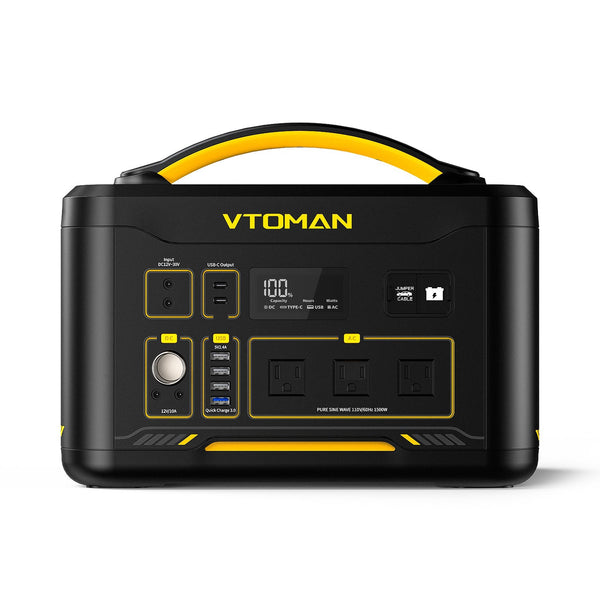As the world grapples with the challenges of climate change and energy sustainability, energy-independent housing emerges as a beacon of hope. This innovative approach to residential design not only reduces reliance on traditional energy sources but also promotes a more sustainable lifestyle. But what exactly does energy-independent housing entail, and how can it transform our living environments?

Understanding Energy-Independent Housing
Energy-independent housing refers to homes that generate their own energy, typically through renewable sources such as solar panels, wind turbines, or geothermal systems. These homes are designed to minimize energy consumption and maximize efficiency. By integrating advanced technologies and sustainable materials, energy-independent housing can significantly reduce the carbon footprint of residential living.
Key Features of Energy-Independent Housing
- Renewable Energy Sources: Homes often utilize solar panels or wind turbines to harness natural energy.
- Energy Storage Solutions: Advanced battery systems store excess energy for use during low production periods.
- Smart Home Technology: Automated systems optimize energy use, ensuring efficiency and comfort.
- Eco-Friendly Materials: Sustainable building materials contribute to a lower environmental impact.
The Benefits of Energy-Independent Housing
Why should homeowners consider transitioning to energy-independent housing? The benefits are manifold:
- Cost Savings: Reduced utility bills and potential tax incentives can lead to significant financial savings.
- Energy Security: Homeowners gain independence from fluctuating energy prices and supply disruptions.
- Environmental Impact: By reducing reliance on fossil fuels, these homes contribute to a healthier planet.
- Increased Property Value: Energy-efficient homes often have higher resale values in the real estate market.
Challenges and Considerations
While the advantages of energy-independent housing are compelling, there are challenges to consider. Initial investment costs can be high, and not all locations are suitable for renewable energy installations. Homeowners must also navigate local regulations and zoning laws, which can vary significantly. However, with careful planning and research, these challenges can be effectively managed.
Innovative Designs for the Future
The future of energy-independent housing is bright, with architects and designers continuously pushing the boundaries of innovation. From tiny homes to larger family residences, the integration of sustainable technologies is becoming more sophisticated. For instance, many new designs incorporate  that provide reliable energy storage solutions, ensuring that homes remain powered even during outages.
that provide reliable energy storage solutions, ensuring that homes remain powered even during outages.
In conclusion, energy-independent housing represents a significant shift towards sustainable living. By embracing innovative designs and technologies, we can create homes that not only meet our energy needs but also contribute positively to the environment. As we look to the future, the question remains: Are you ready to embrace the energy-independent lifestyle?







